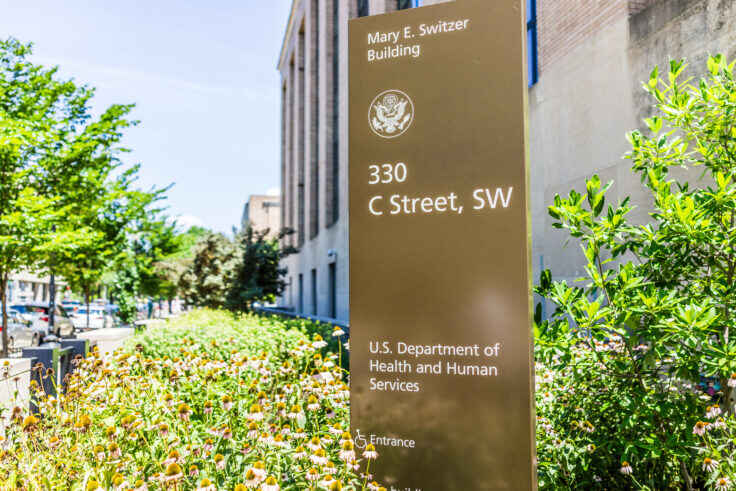Characteristics of Statewide Naloxone Distribution Mechanisms
May 1, 2024
by Corey Davis, Amy Lieberman, and Ashleigh DennisOverview
Drug overdoses were responsible for the deaths of nearly 108,000 people in the United States in 2022. Opioids, both prescription painkillers such as Oxycontin and non-prescribed drugs such as heroin and fentanyl, are involved in approximately 75% of these deaths. Because close to 40% of people who overdose are not alone when they do so, many of these deaths are preventable through the quick administration of naloxone, a pure opioid antagonist that reverses opioid overdose.
However, naloxone is often not available when and where it is needed, which is why all 50 states and the District of Columbia have passed legislation to improve access to naloxone by those who are not first responders, including family and friends of the person using drugs. This 50-State survey identifies the mechanisms by which a layperson (someone other than a first responder) may legally obtain access to naloxone.

The majority of these laws permit the medication to be distributed under a blanket directive without the prescriber having examined the patient, a process technically referred to as “non-patient specific prescription”. In most states this takes the form of a standing order issued by a physician or other prescriber, while in a few states the same objective is accomplished via a protocol issued by one or more regulatory or licensing boards. One state utilizes a Collaborative Practice Agreement (CPA) that acts as the functional equivalent of a standing order.
While most state laws permit any prescriber who is authorized to prescribe medications to issue a standing order for naloxone distribution, a piecemeal approach whereby each business, organization, or agency that wishes to distribute naloxone must secure their own standing order is time-consuming and inefficient. To streamline this process, in many states a state health official or other government official has issued a standing order or other directive that applies to all entities in the state, subject to the restrictions in the directive. The specifics of these directives vary on such characteristics as the individual or body that issued it, which individuals can access naloxone under its provisions, the formulations of naloxone it permits to be distributed, and where the naloxone can be accessed. These variations can have important implications for both the individuals who would be helped by increased naloxone access and researchers studying the effects of these directives.
To provide clarity on these questions, we systematically collected and categorized each statewide directive for naloxone distribution that had been issued by a state official or licensing board as of May 1, 2024.



